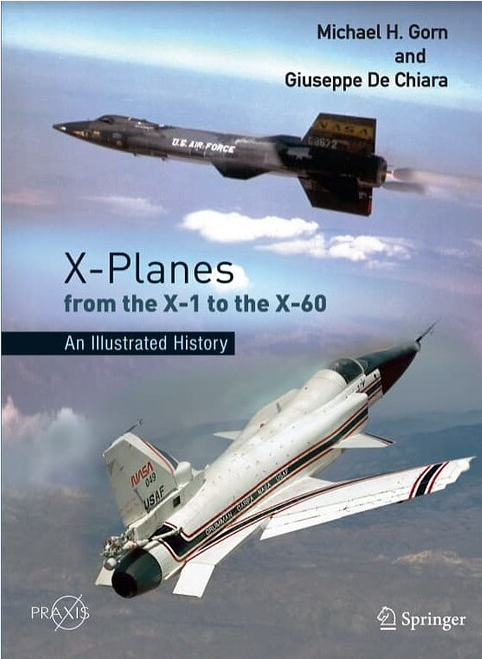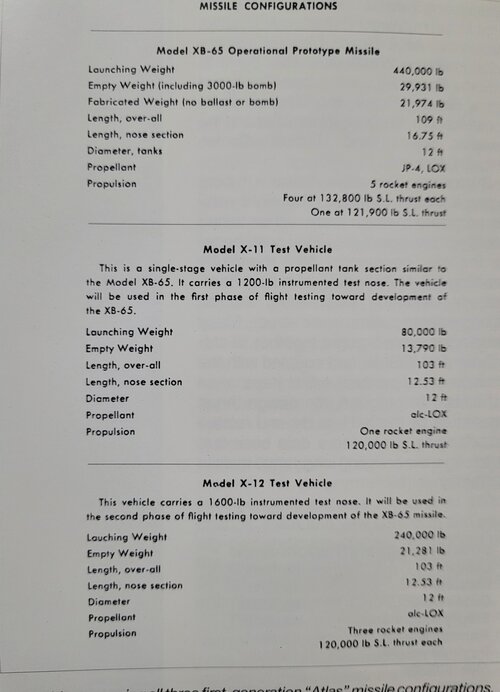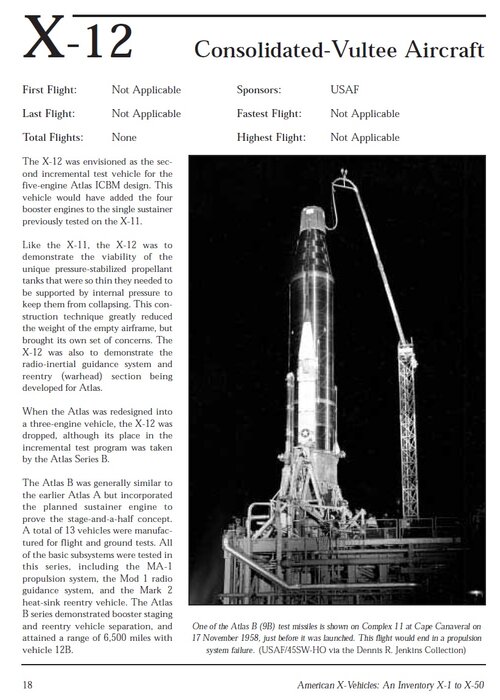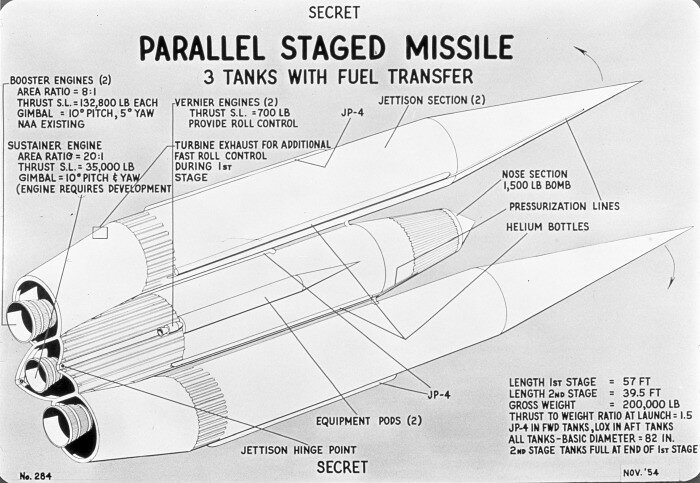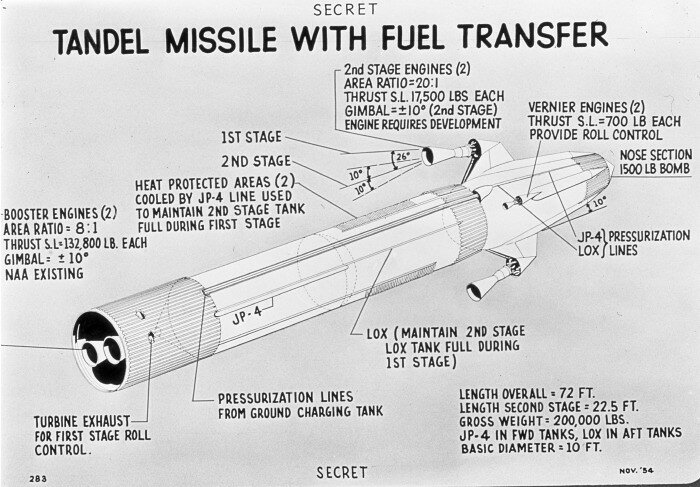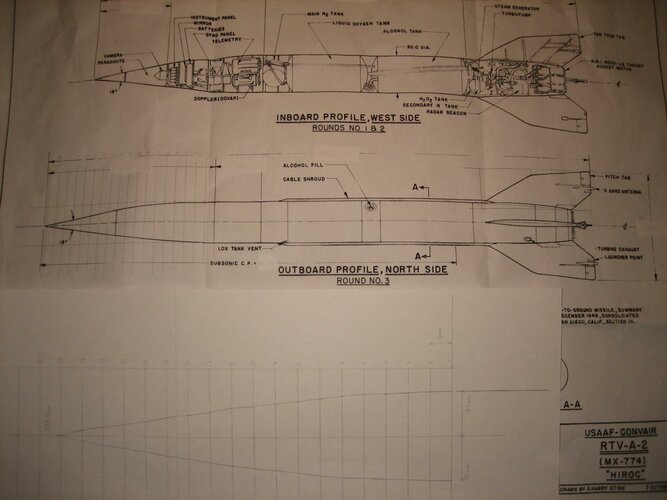DarkLord
ACCESS: Restricted
- Joined
- 6 September 2008
- Messages
- 26
- Reaction score
- 28
I am researching the Atlas missile forerunners for a model project. I have some illustrations of the X-12 "Atlas", which had 4 boost engines plus the central sustainer engine; plus a diameter of 12 feet as opposed to the final atlas of 10 feet: but I would like some dimensioned drawings or any pictures.
If the US had not reduced the warhead size and weight, they would have had a "beefier" space launcher. I wonder how the early space race would have progressed then!
Here is the site from where one of the images came:-http://jpcolliat.free.fr/x11/x11-5.htm
If the US had not reduced the warhead size and weight, they would have had a "beefier" space launcher. I wonder how the early space race would have progressed then!
Here is the site from where one of the images came:-http://jpcolliat.free.fr/x11/x11-5.htm




